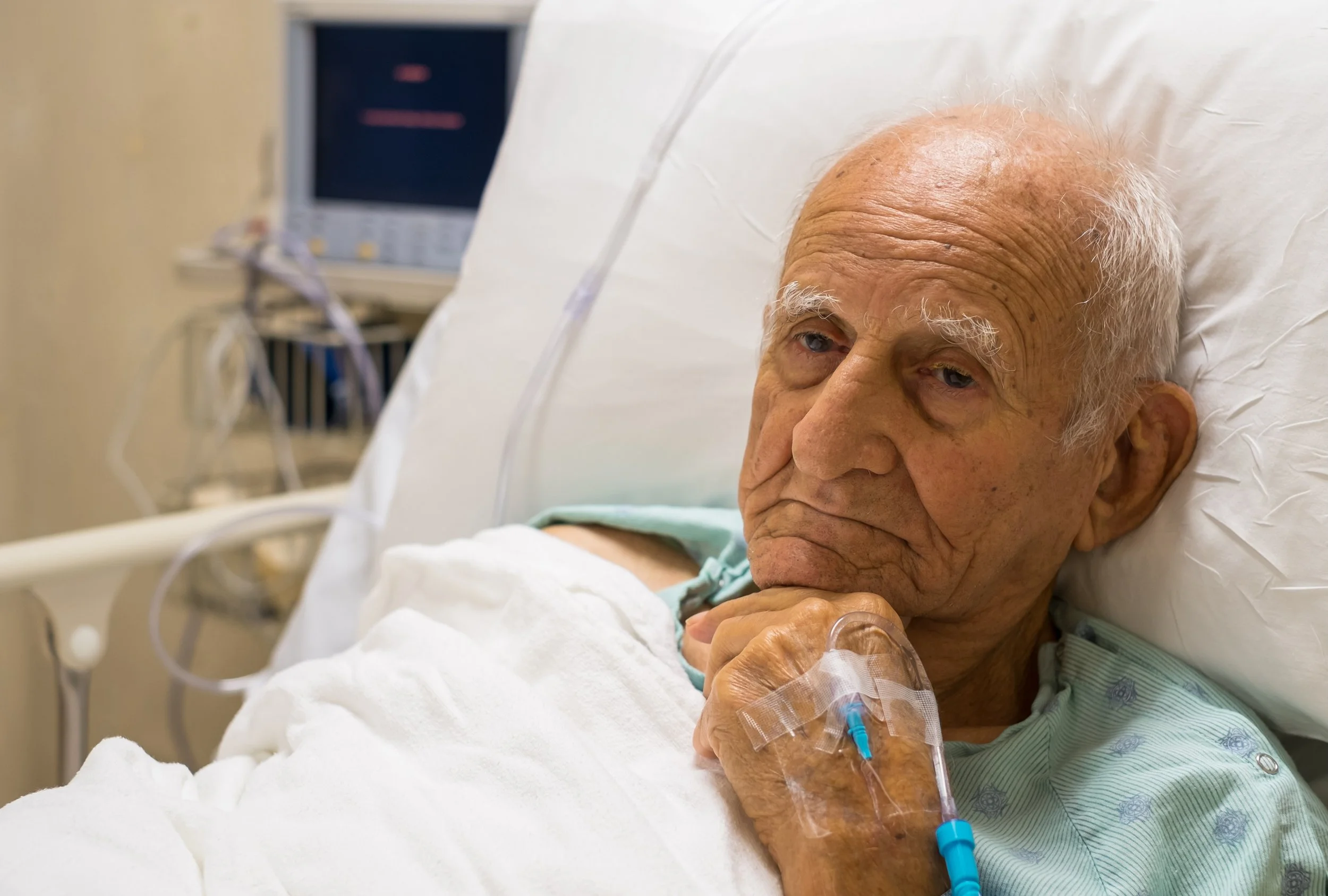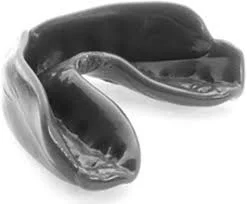Cannabis use has increased in the United States by 43% between 2007 and 2015.
A retrospective study published on The Journal of the American Osteopathic Association has shown significant anesthetic requirements in Cannabis using patients.
More patients are using cannabis, and more patients are now willing to admit cannabis use than in the past, which increases the likelihood that they will be forthcoming about use during medical questioning.
Hypotheses have been proposed that tetrahydrocannabiol interacts with specific cannabinoid receptors, which could include opioid and benzodiazepine receptors, among other mechanisms of pharmacologic action.3 Thus, the interaction of opioids or benzodiazepines with these receptors in patients who regularly use cannabis may be altered.
The study of 250 patients showed significant increases in anesthetic needs during endoscopies for several anesthetics as shown below:
Midazolam Increase by 20 percent
Fentanyl increase by 14 percent
Propofol Increase by 220 percent
One limitation of this study was that it was a retrospective medical record review that consisted of data collection and analysis.
Three other articles have shown similar patterns. Two were single patient case studies, 1 in Pakistan in 2014 and 1 in Berlin in 2015. The Pakistan case study found a possible association with cannabis use and the need for increased anesthesia; the patient was switched from propofol to thiopental for induction of anesthesia when he did not respond to the propofol after a total dose of 300 mg. The Berlin case study also found an increased need for anesthesia, in particular, propofol and morphine.
One Australian study from 2009 reviewed the induction dose of propofol required in patients using cannabis and compared 30 users with 30 nonusers. The research concluded that cannabis use increased the need for propofol during anesthesia when inserting a laryngeal mask.
Read More











